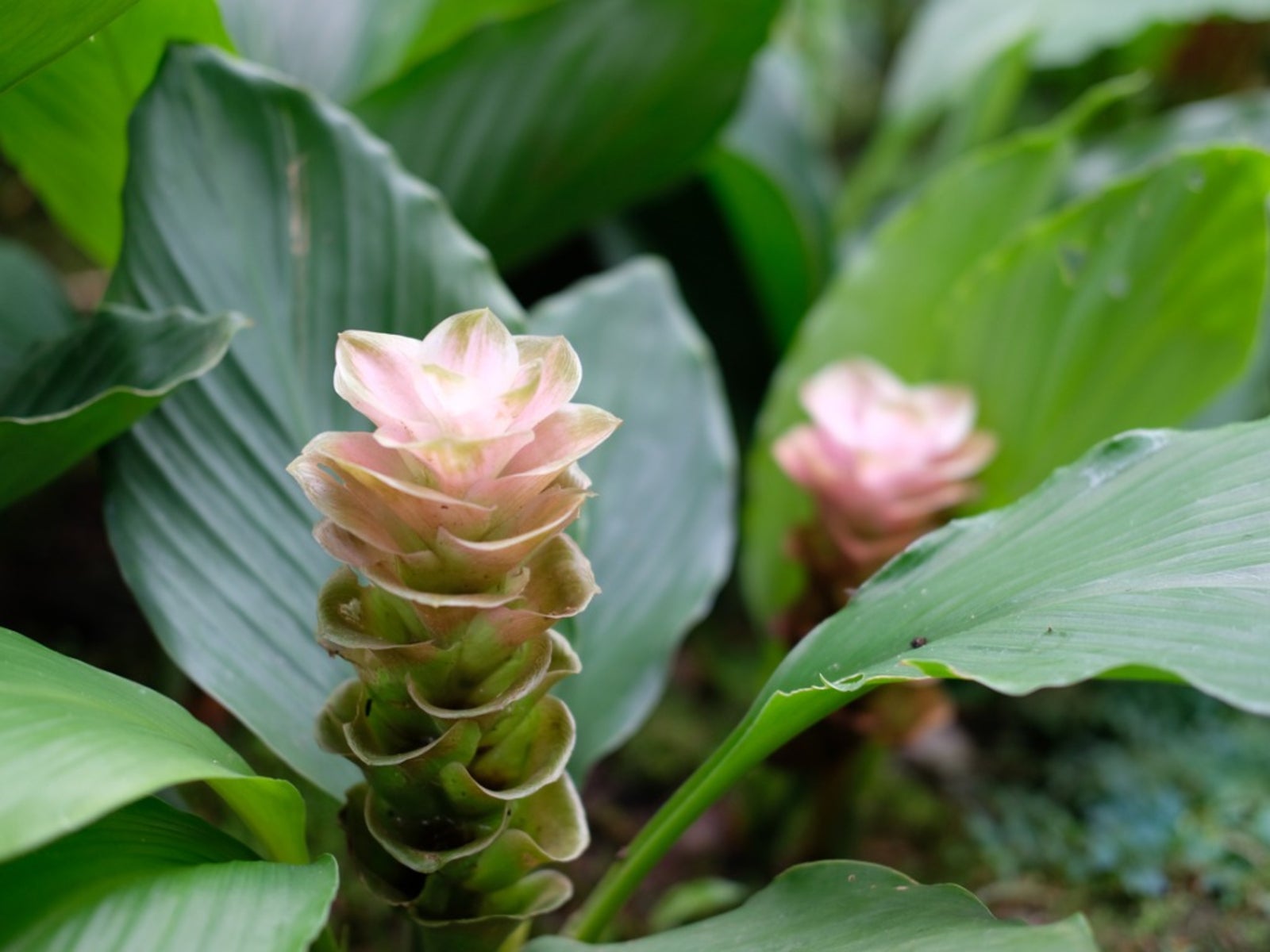Siam Tulip Care: Learn How To Grow Siam Tulips


Cultivating Siam tulip in USDA zones 9 to 11 adds large, showy, tropical flowers and delicate bracts to the outdoor flower bed. Siam tulip care is modest. This long-lived perennial has a moderate salt tolerance and is a good choice for a seaside garden. In lower zones, this tropical beauty easily grows indoors as a houseplant. Curcuma alismatifolia is also known as Curcuma or summer tulip, although it is not really a tulip at all.
What is Curcuma?
Curcuma alismatiffolia is an exotic plant that grows from rhizomes and a member of the large ginger family. Native to Thailand or Cambodia, Curcuma alismatifolia has gray-green foliage reaching 3 feet (1 m.) in height. Some info sources on curcuma call it a shrub. The plant has an upright habit and blooms on a scape rising above the foliage. Blossoms of the Siam tulip appear in late spring through fall, depending on the variety you've planted. These blooms range in shades of pink, red, rose, and even brown. Tiny flowers also appear from the lower bracts, adding extra color to the Siam tulip plant.
How to Grow Siam Tulips
Put rhizomes in the ground in spring when cultivating Siam tulip plants outside. These plants prefer a well-draining soil containing organic, humus type material. When cultivating Siam tulip as a houseplant, use a container with drainage holes. A layer of rocks or pebbles in the bottom can also aid with drainage. Siam tulip care involves keeping the soil lightly moist at all times, but never allowing roots to sit in soggy soil. Locate the Siam tulip in an area with lots of bright, indirect light where the sun does not directly hit the leaves. Siam tulip care may include supplemental lighting under fluorescent lights for several hours a day. The right light encourages the plant to bloom when cultivating Siam tulip.
Siam Tulip Care Indoors
Feed the Siam tulip monthly through October, then withhold fertilizer and allow the plant to go dormant during the winter months. Less water is needed when the plant is not growing, but it should not completely dry out. Curcuma may lose much of its foliage during the dormant period but will regrow in spring. Trim off dead or damaged leaves. Repot as needed as a part of Siam tulip care. Move up one pot size when the plant appears to have outgrown its container. When cultivating Siam tulip as a houseplant, division every few years provides more plants. Cut rhizomes into 2 inch (5 cm.) sections and plant into new containers as an ongoing part of Siam tulip care. Now that you've learned how to grow Siam tulip both indoors and out, get one started soon. Plants are sold online and may be found at local nurseries within their outdoor zones.
Gardening tips, videos, info and more delivered right to your inbox!
Sign up for the Gardening Know How newsletter today and receive a free copy of our e-book "How to Grow Delicious Tomatoes".

Becca Badgett was a regular contributor to Gardening Know How for ten years. Co-author of the book How to Grow an EMERGENCY Garden, Becca specializes in succulent and cactus gardening.
-
 Moody Blooms For Spring: 8 Types Of Black Flowers To Add Drama To Spring Displays
Moody Blooms For Spring: 8 Types Of Black Flowers To Add Drama To Spring DisplaysFrom midnight burgundies to inky violets, several types of black flowers can enrich and embolden a spring display. Try these brooding bloomers for a moody garden
By Tonya Barnett
-
 Can Snake Plants Live Outside? Everything You Need To Know For Snake Plants Al Fresco
Can Snake Plants Live Outside? Everything You Need To Know For Snake Plants Al FrescoSnake plants can live outside given the right conditions, but be careful that they don't take over! Learn the best way to use snake plants in your landscape.
By Mary Ellen Ellis